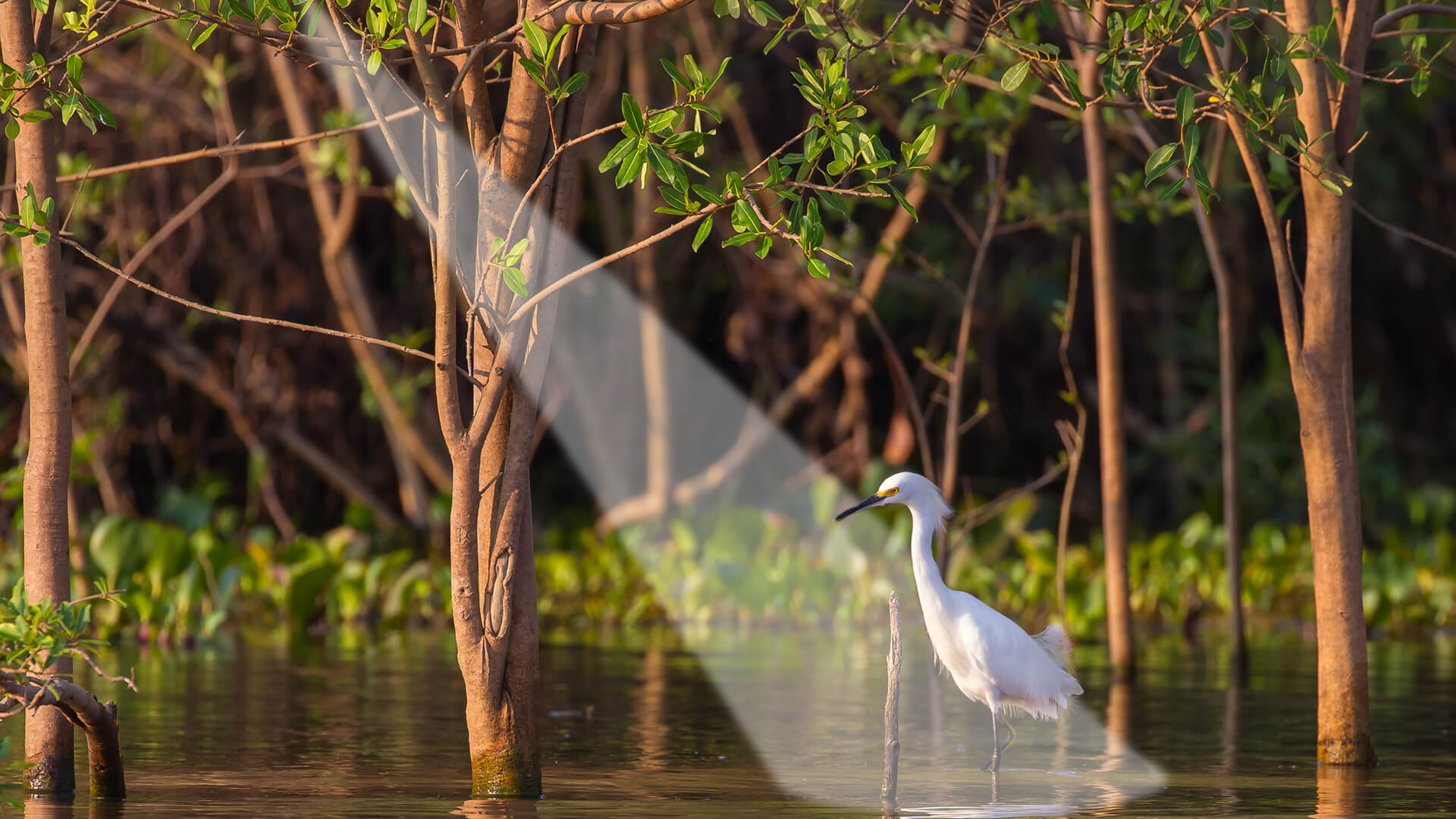
Spotlight on Survival: Adaptations and Wetlands
Students will explore different structural and behavioural adaptations that make living things suited to their habitats. They will then apply their learning to a scenario where two different species have their habitats swapped, assessing their ability to survive in a new habit with their current adaptations.
Background Information:
All living things are dependent on their environment to survive. This is not only because their environment provides resources such as shelter and food, but because all living things have developed a series of features and behaviours – known as adaptations – specific to their habitats that help them to survive. In this course, students will explore some examples of specific adaptations for different habitats.
Year Level: 5 – 6
Prior Knowledge:
There is no prior knowledge necessary.
Course Connections:
This course can be completed as a standalone learning experience, or it can serve as an ideal introduction to the following on-site program:
Learning Intentions:
In this course, students will:
– Learn how adaptations contribute to the survival of living things
– Identify whether several example adaptations are behavioural or structural
– Understand the importance of wetland habitats
– Apply their knowledge to make a prediction about the survival of living things after a change in environment.
Estimated Duration: 30 minutes
Victorian Curriculum:
Science – Biological sciences
- Living things have structural features and adaptations that help them to survive in their environment (VCSSU074)
- The growth and survival of living things are affected by the physical conditions of their environment (VCSSU075)
Course Creator: Jo Tate
